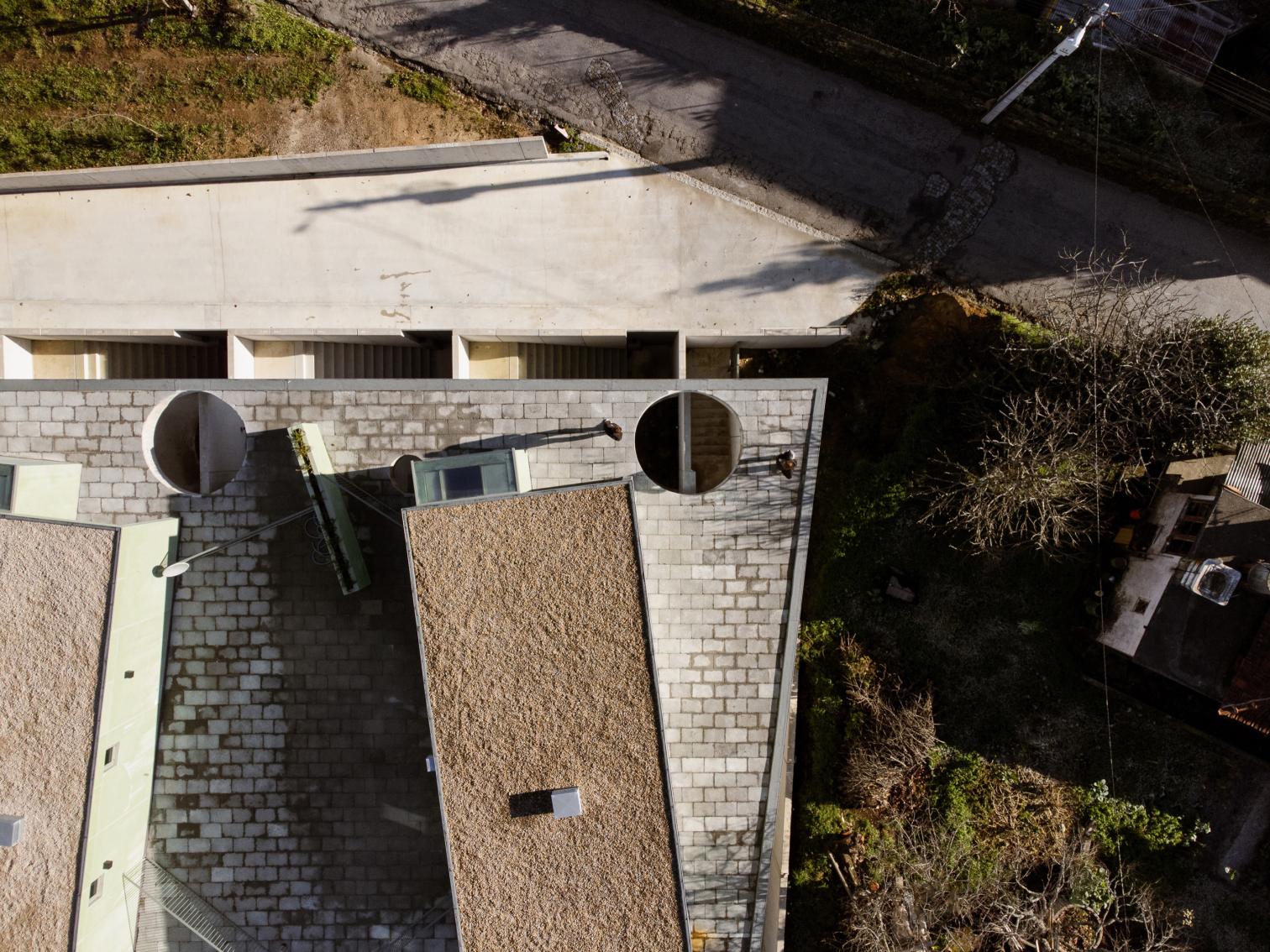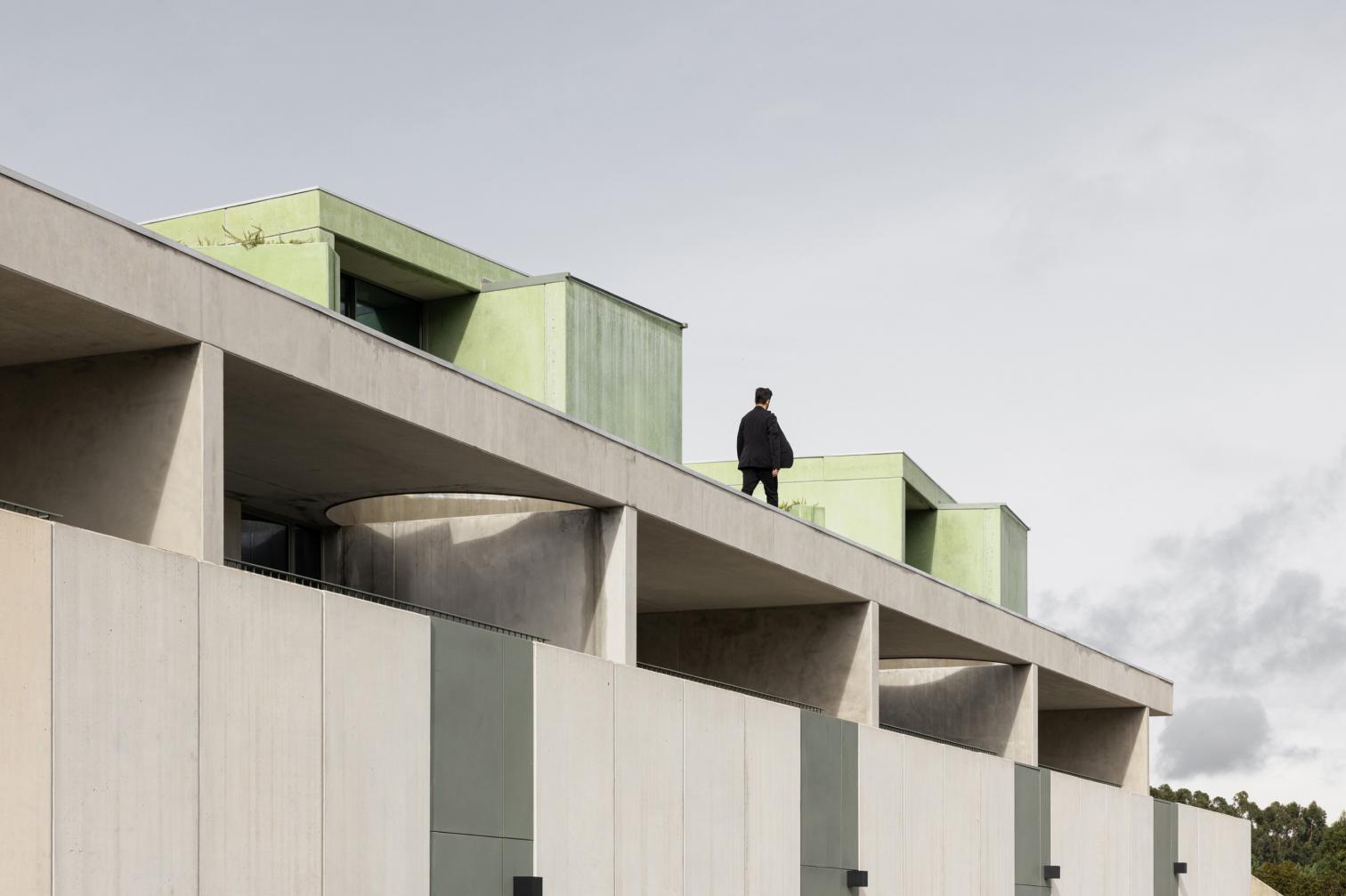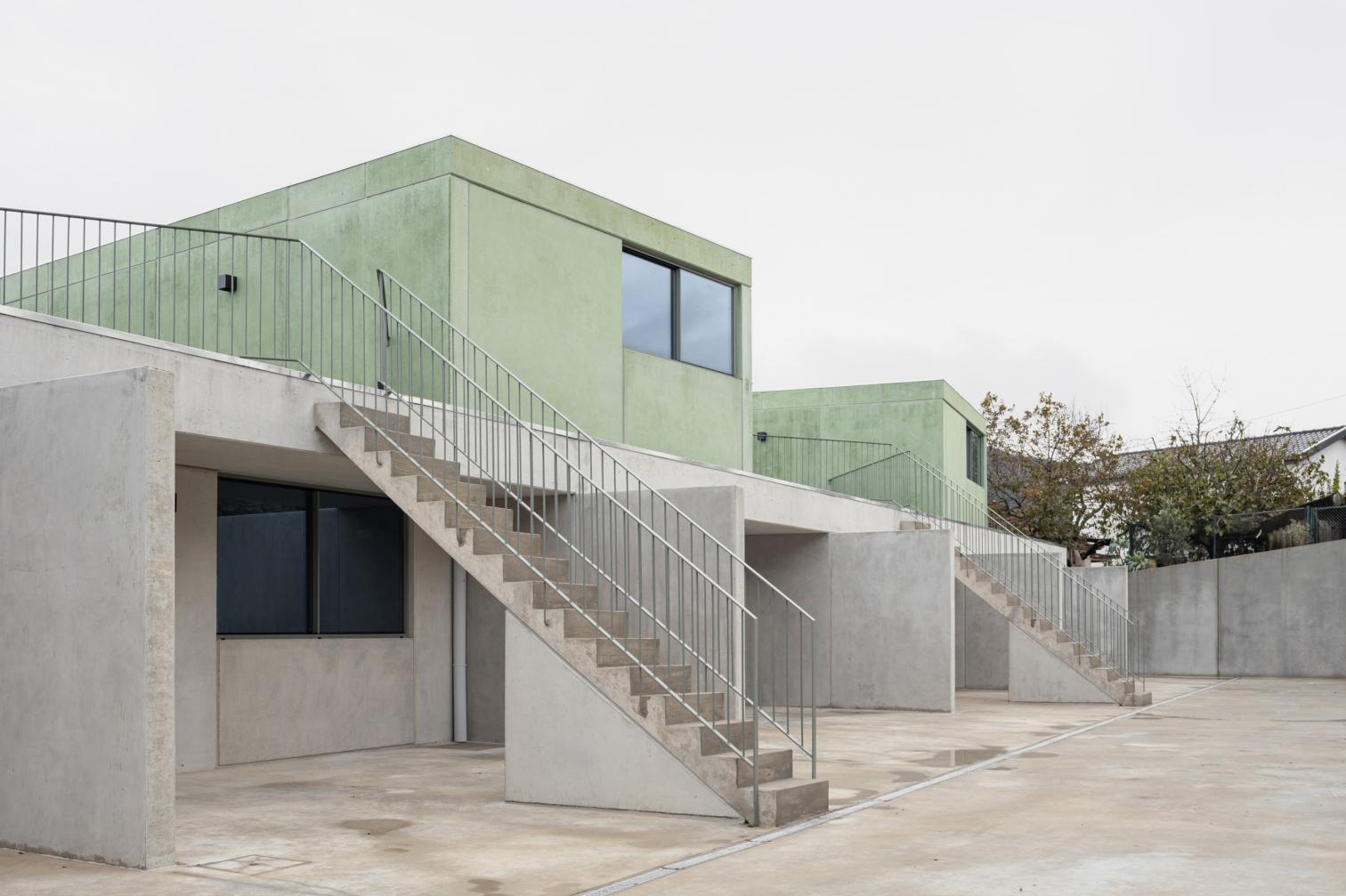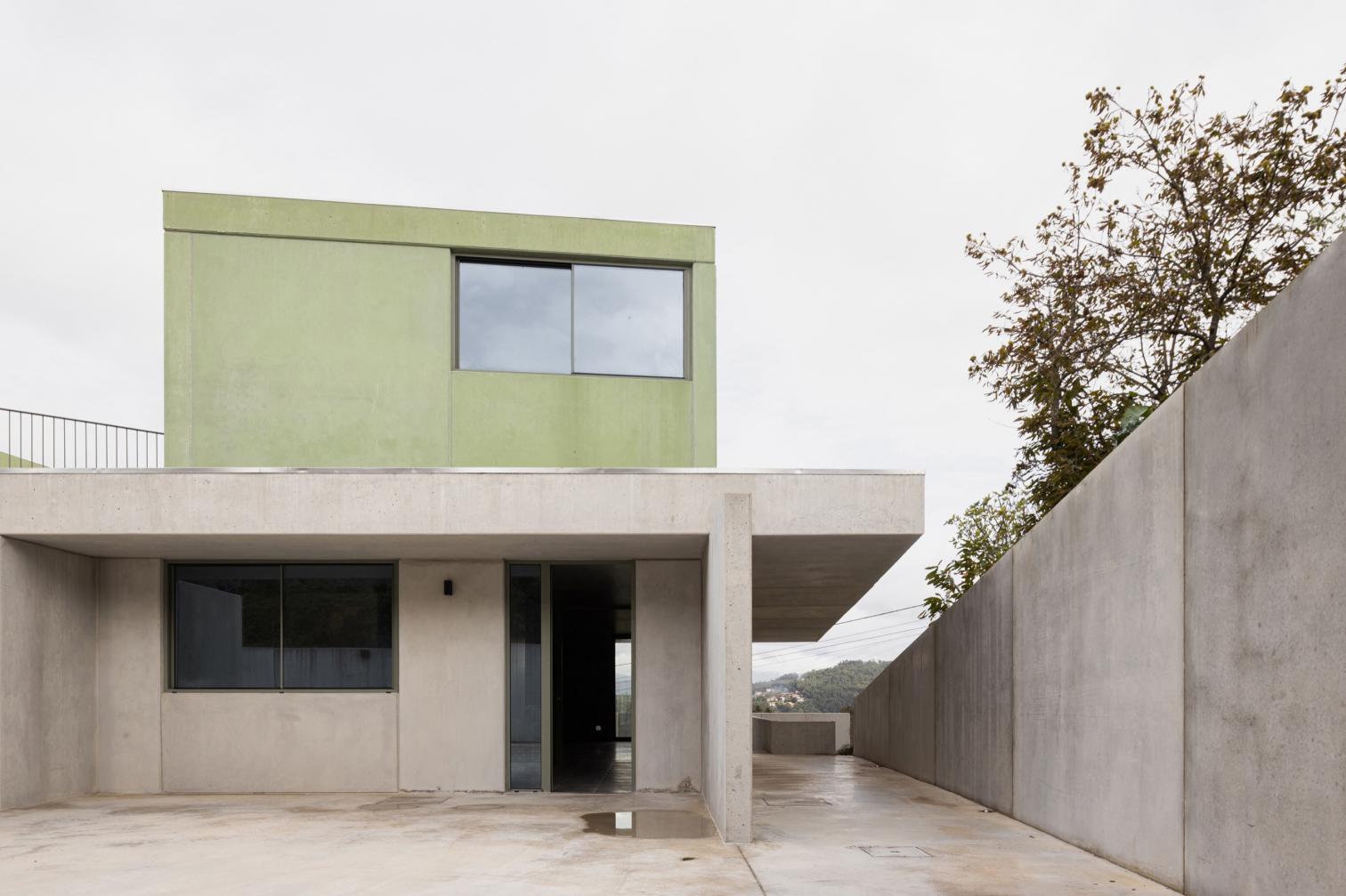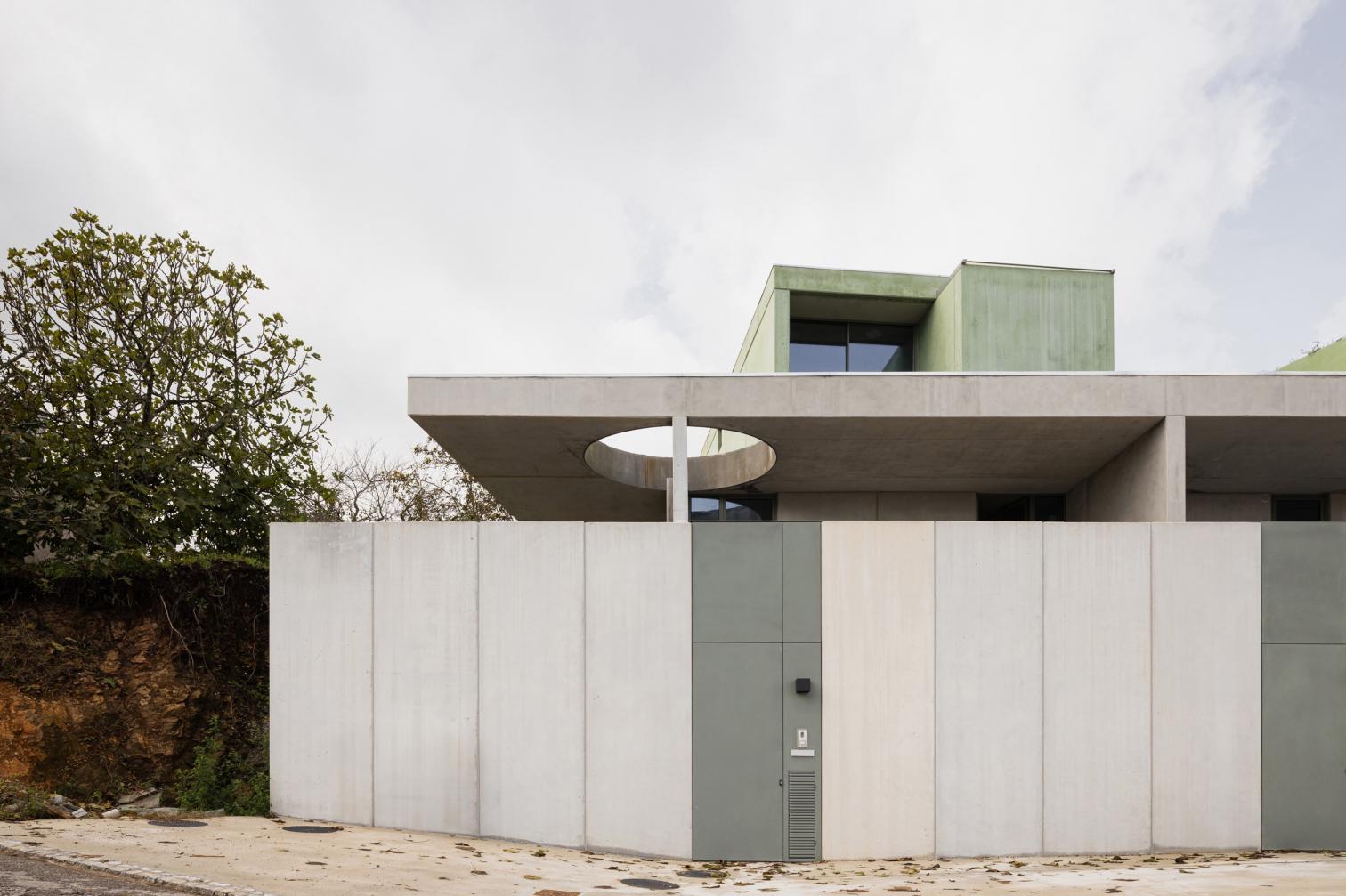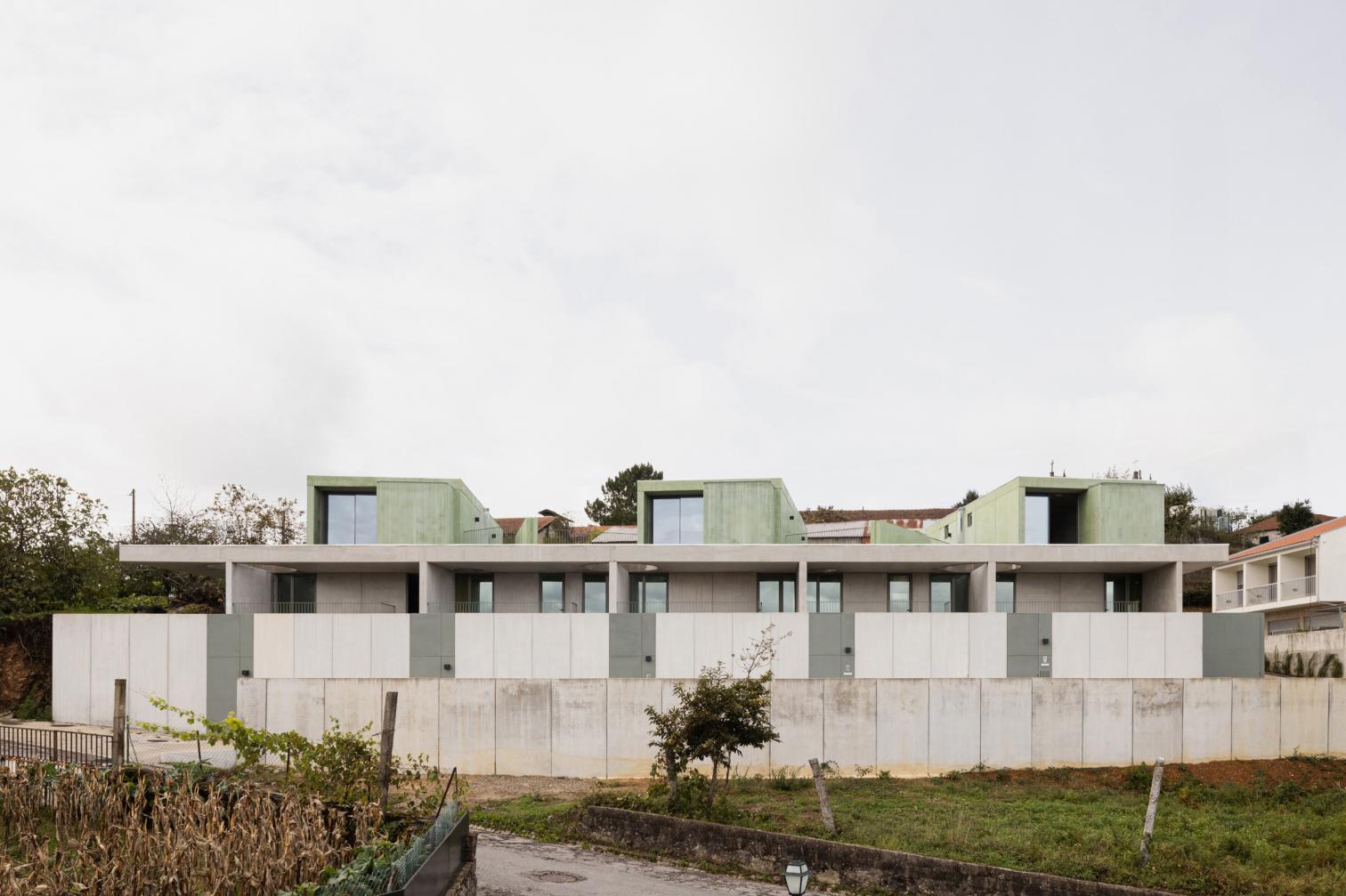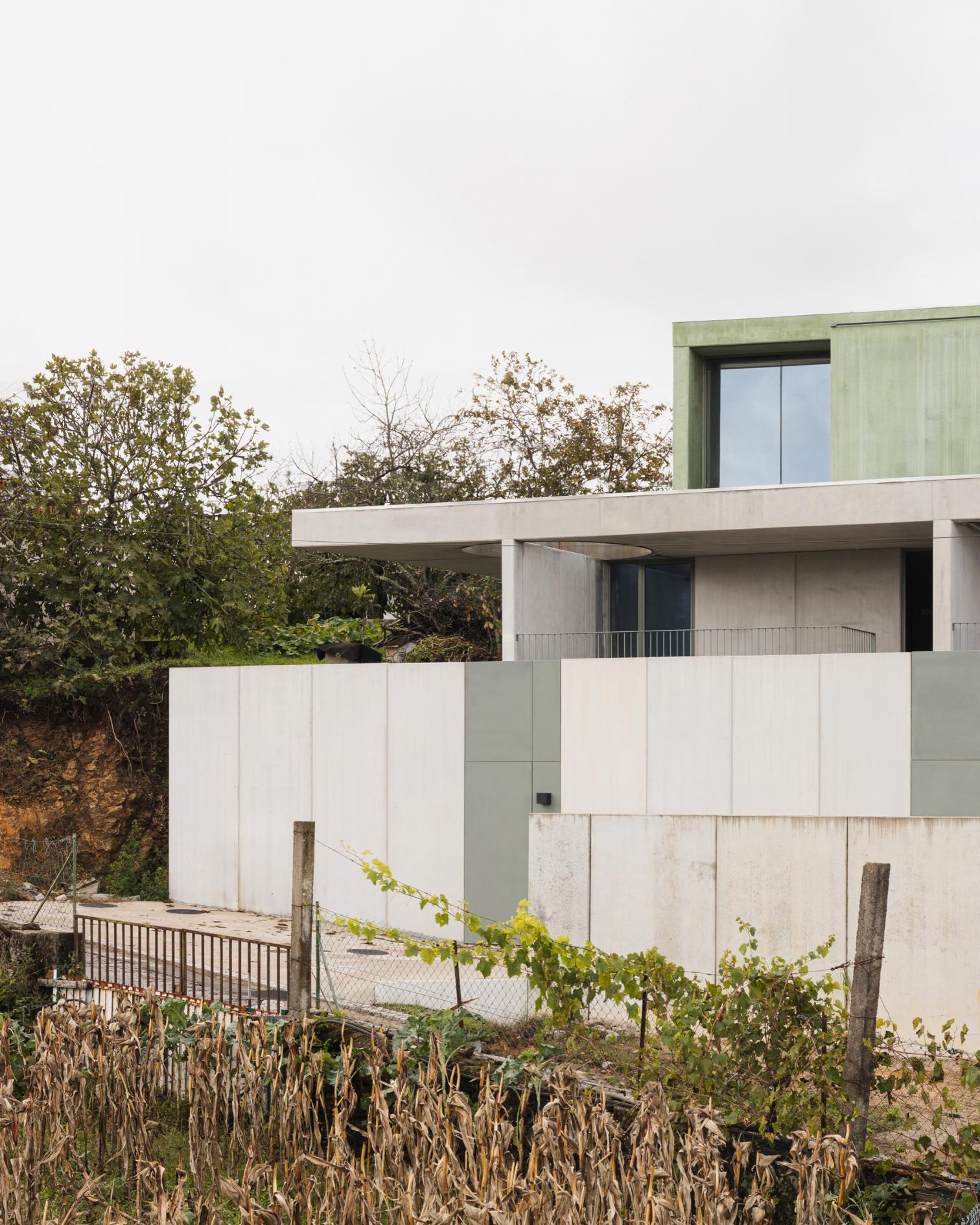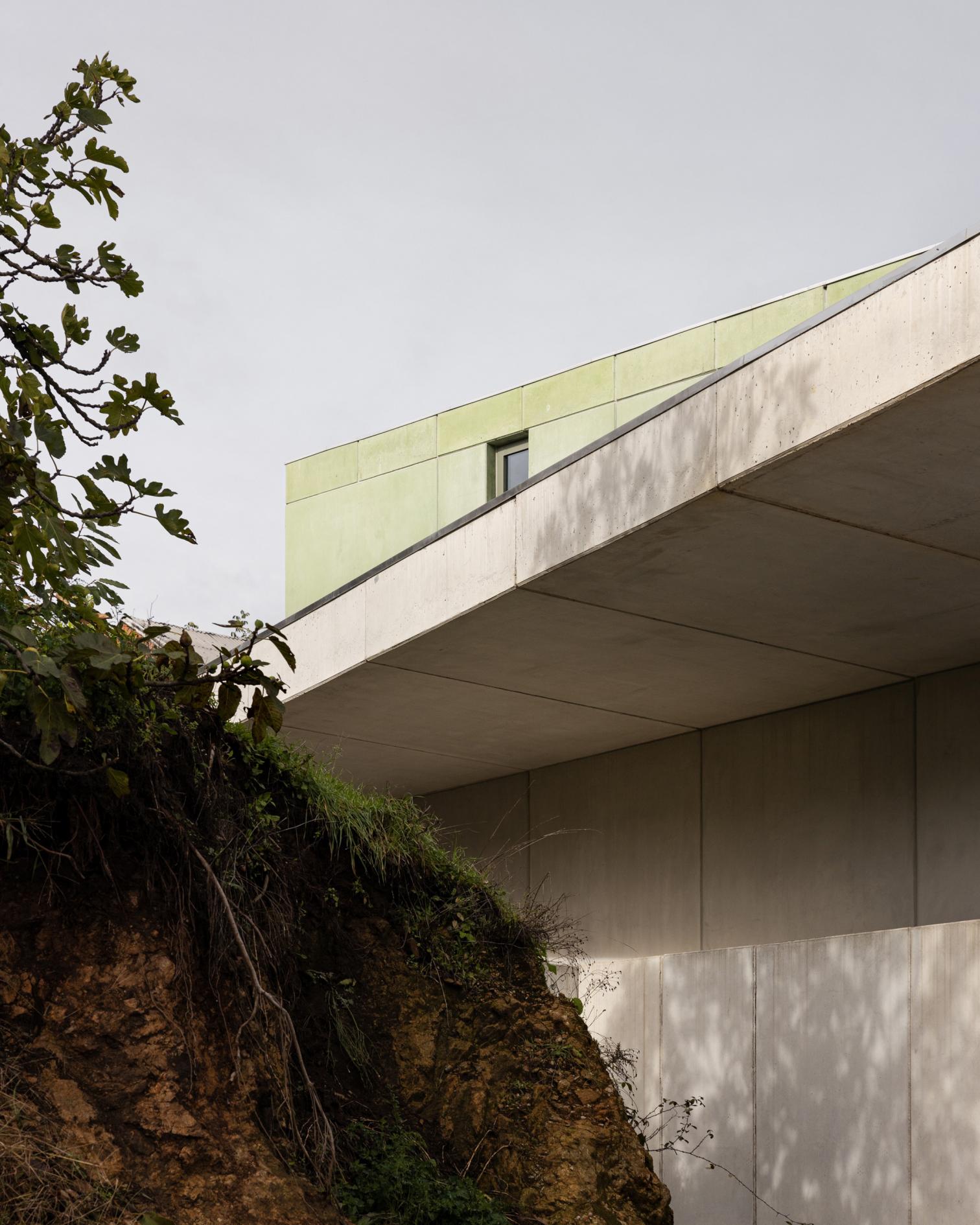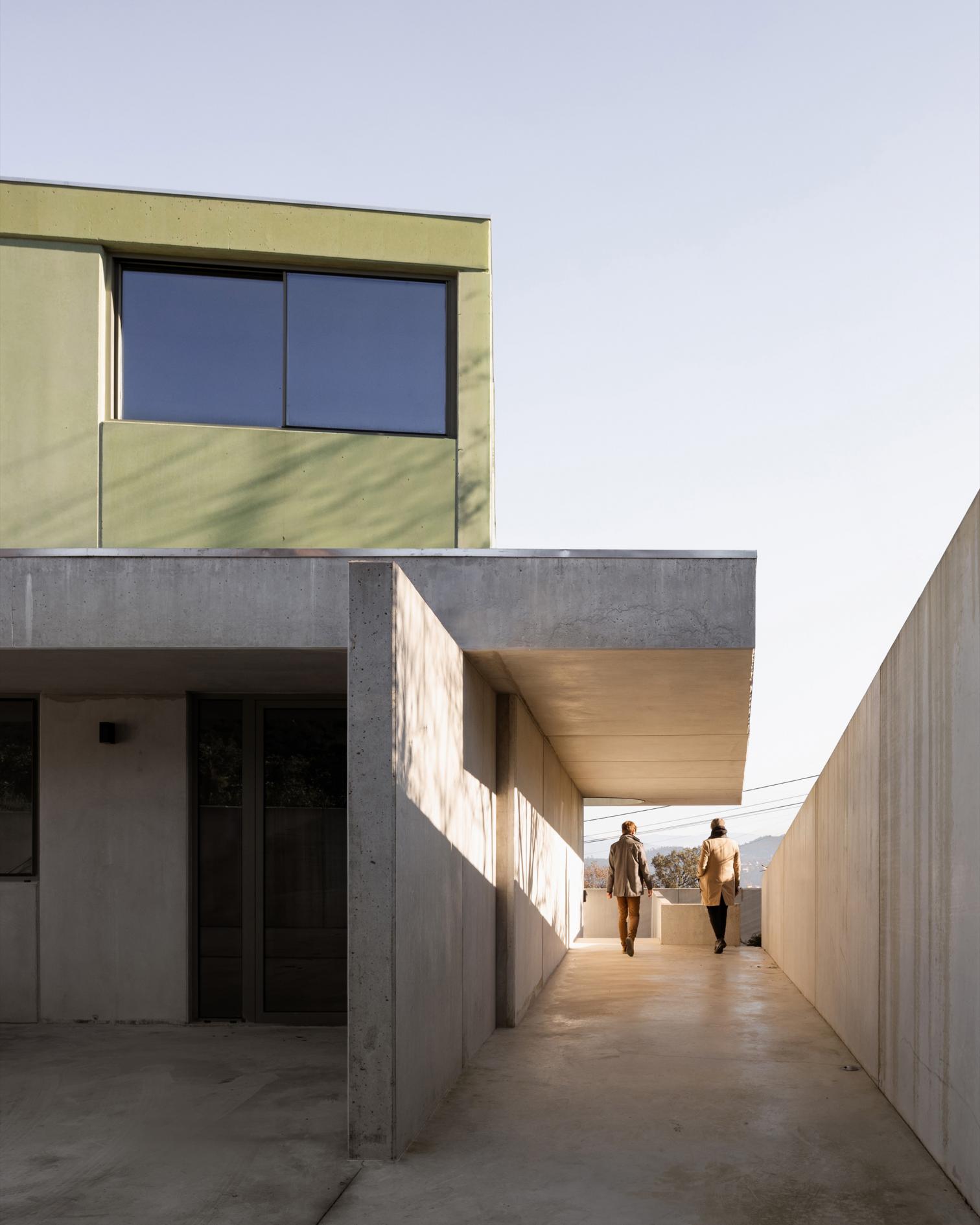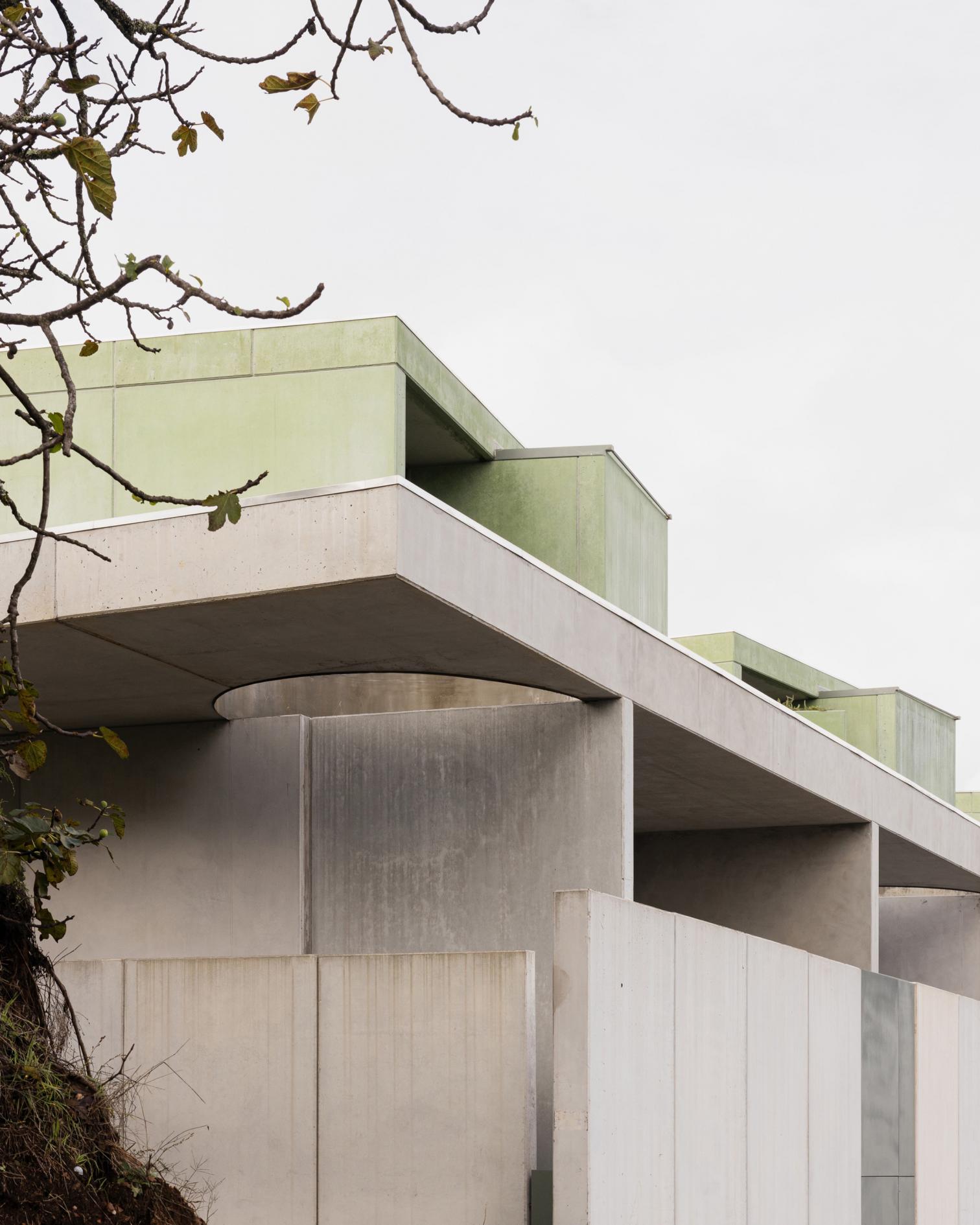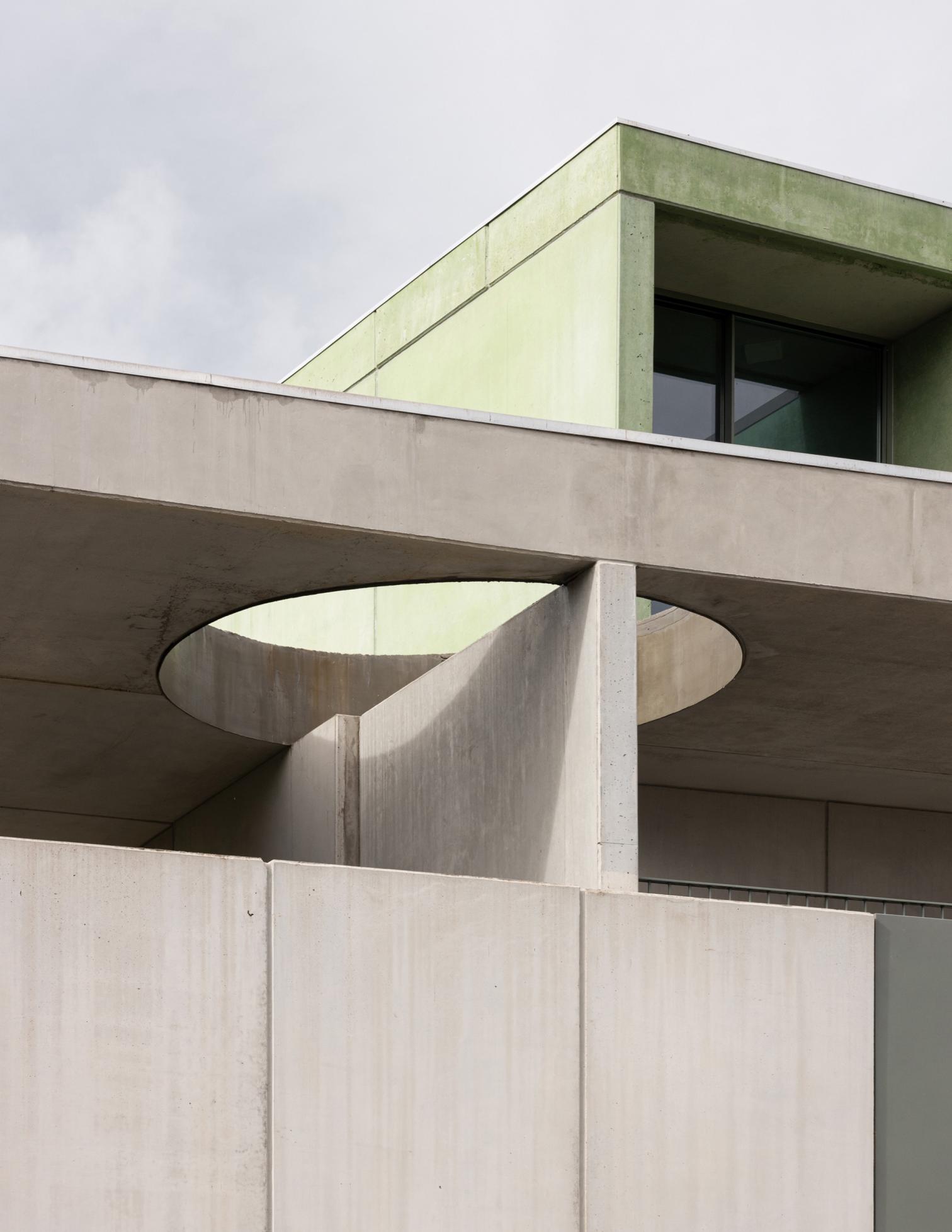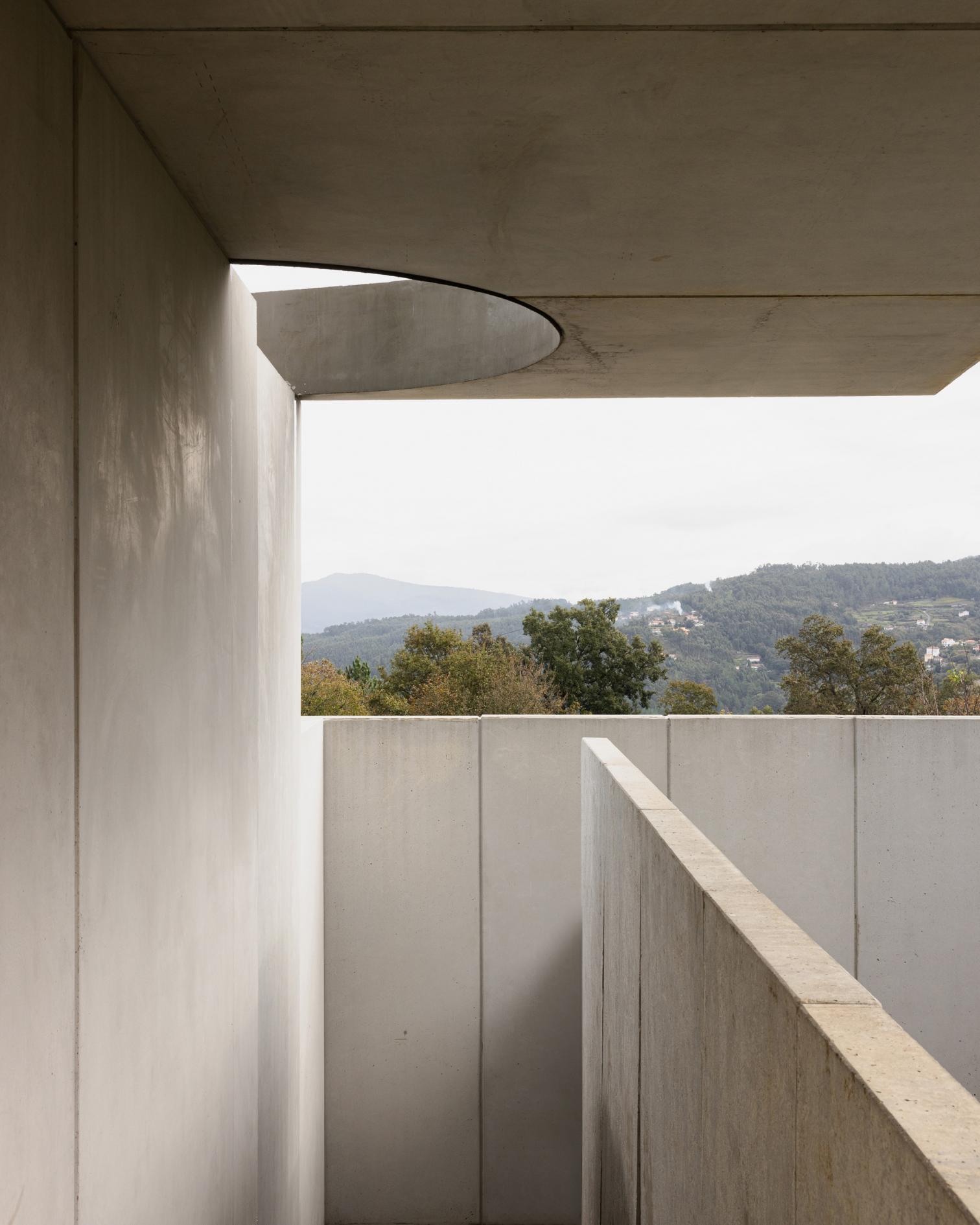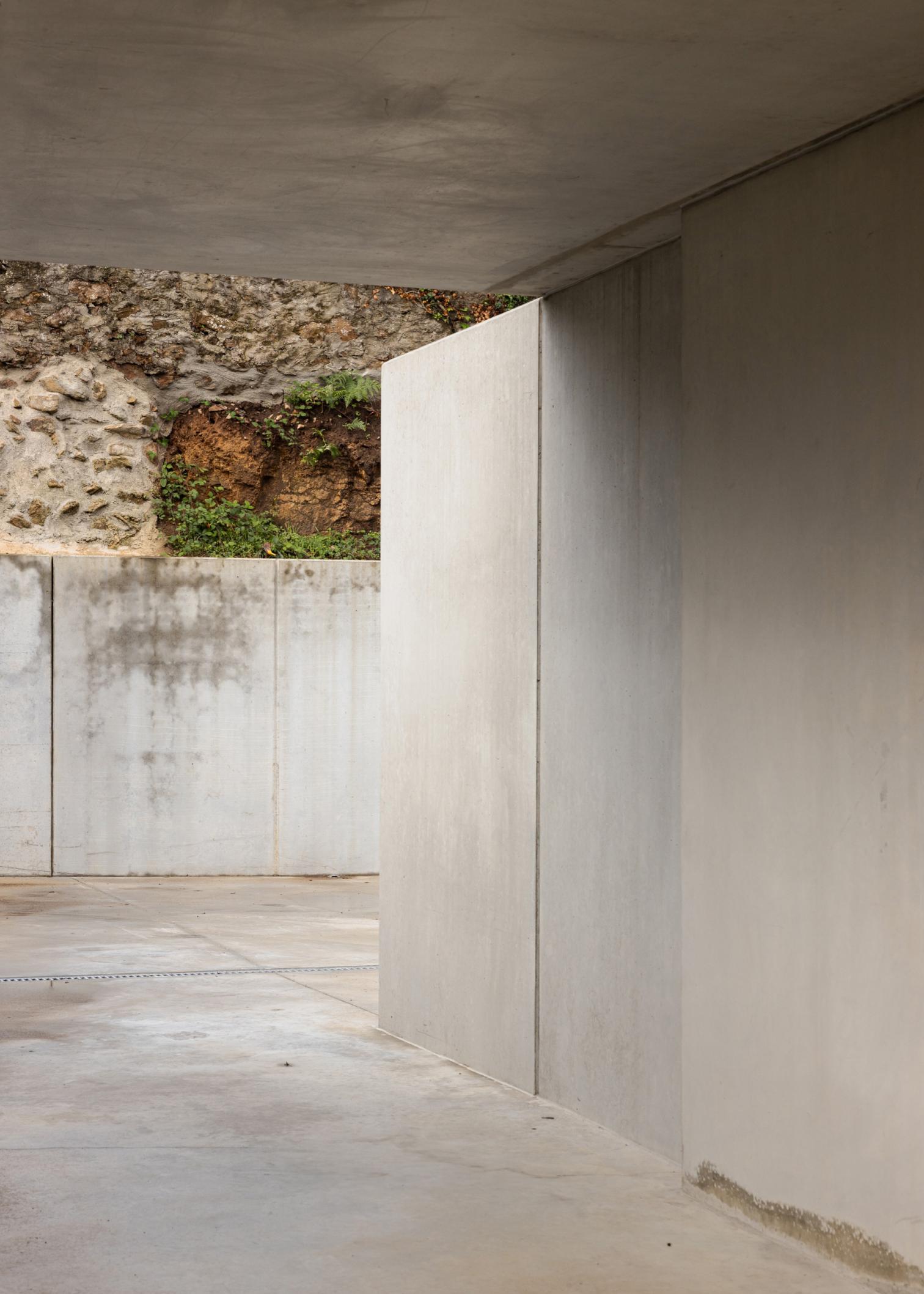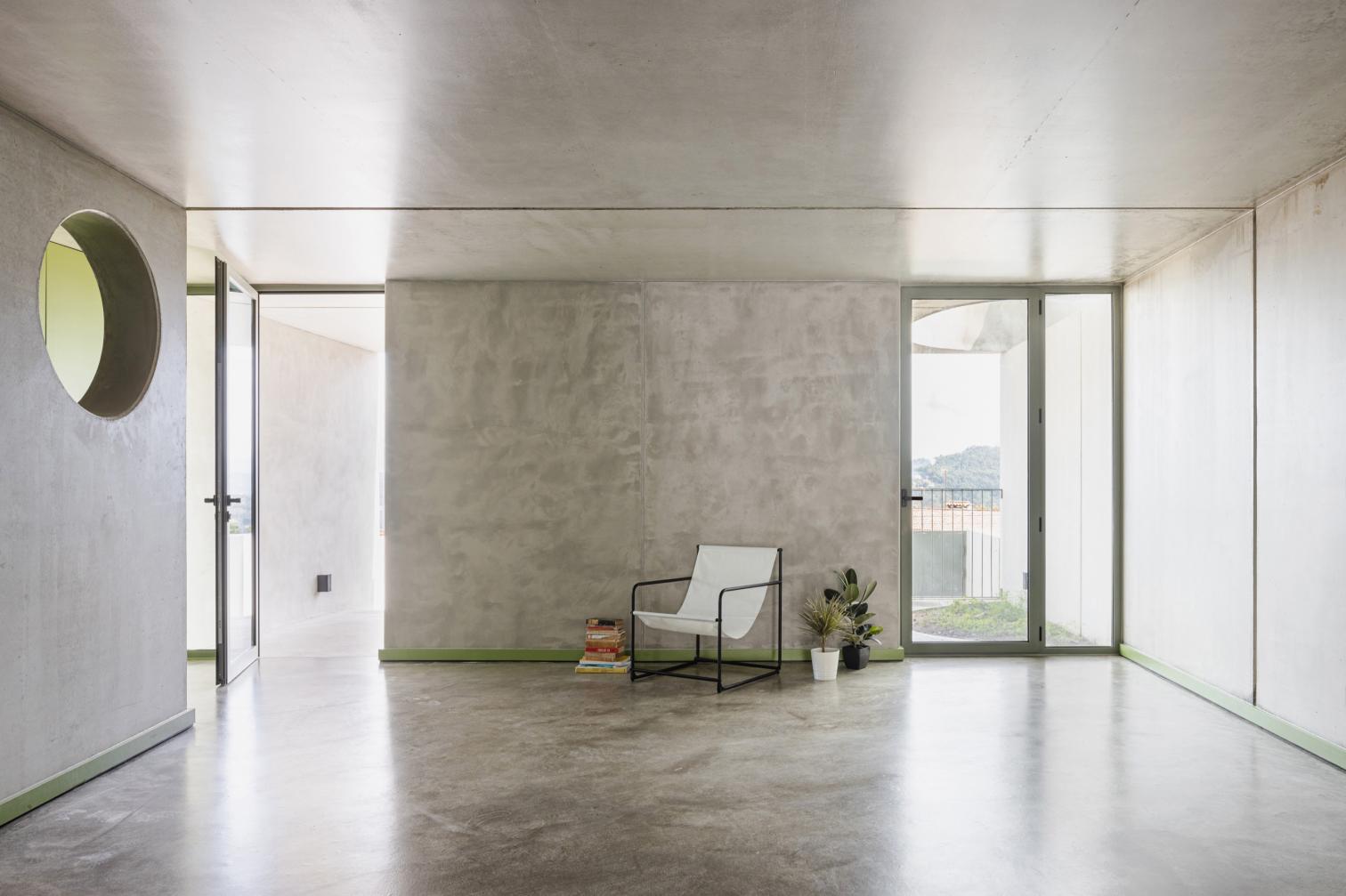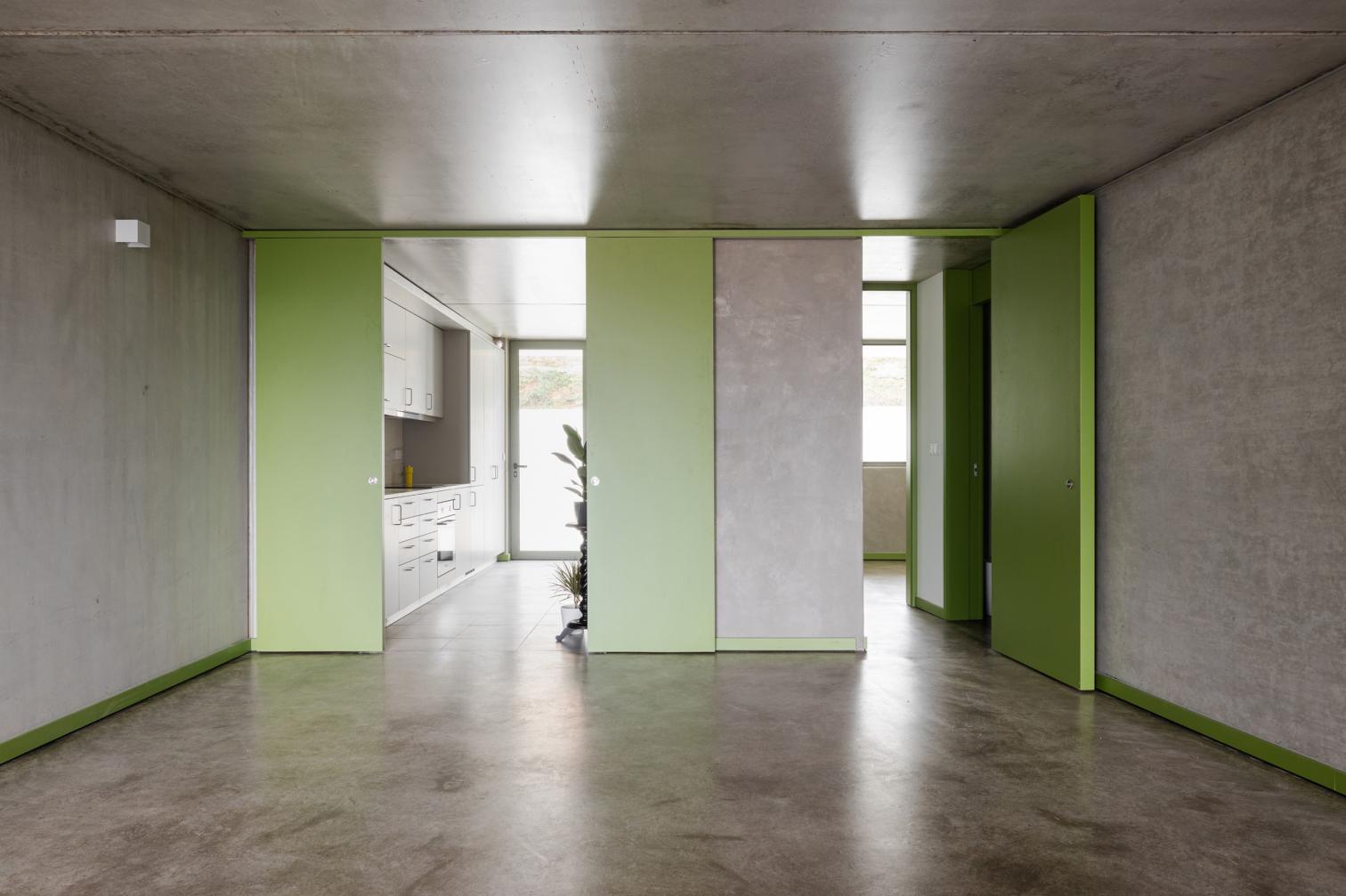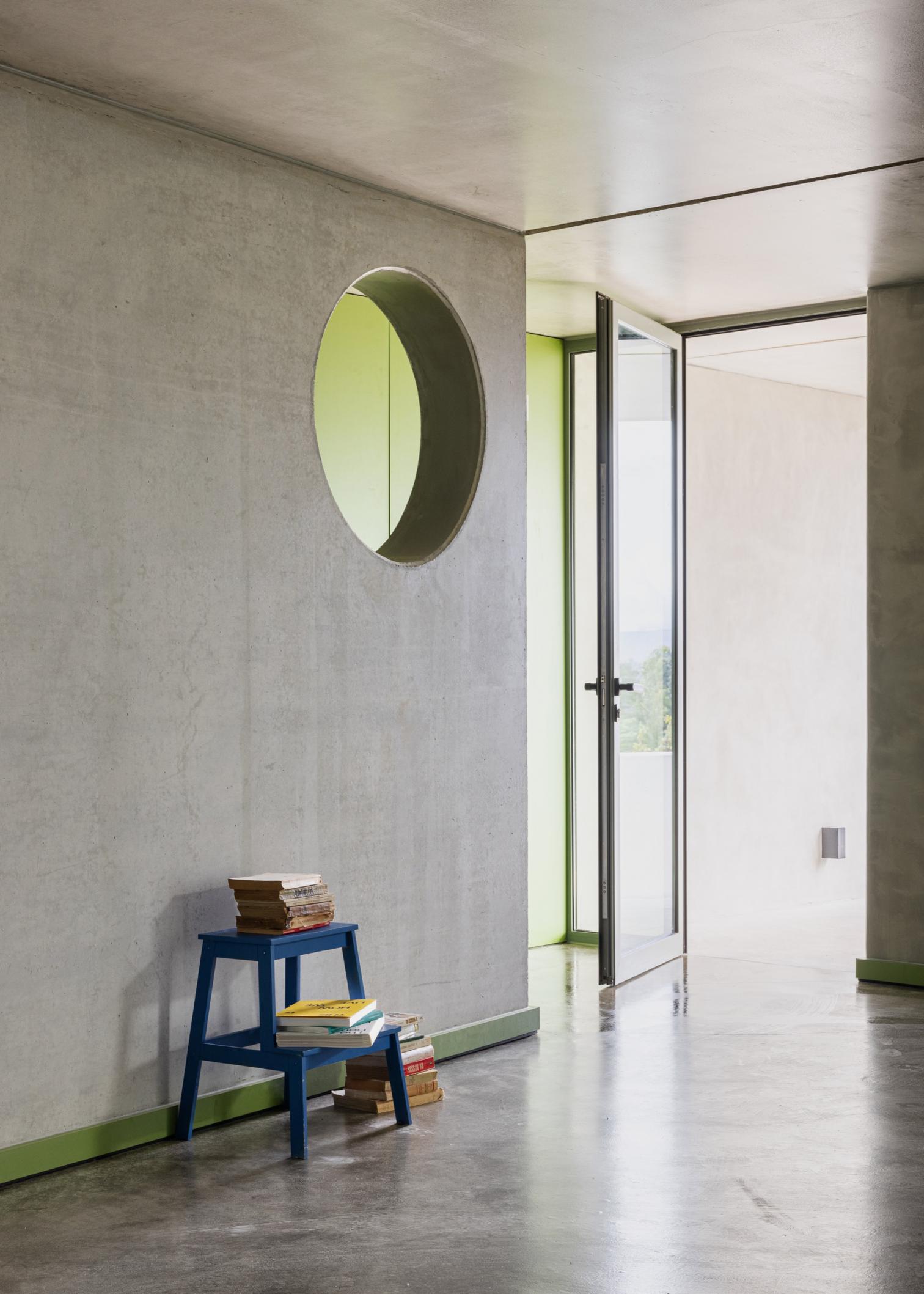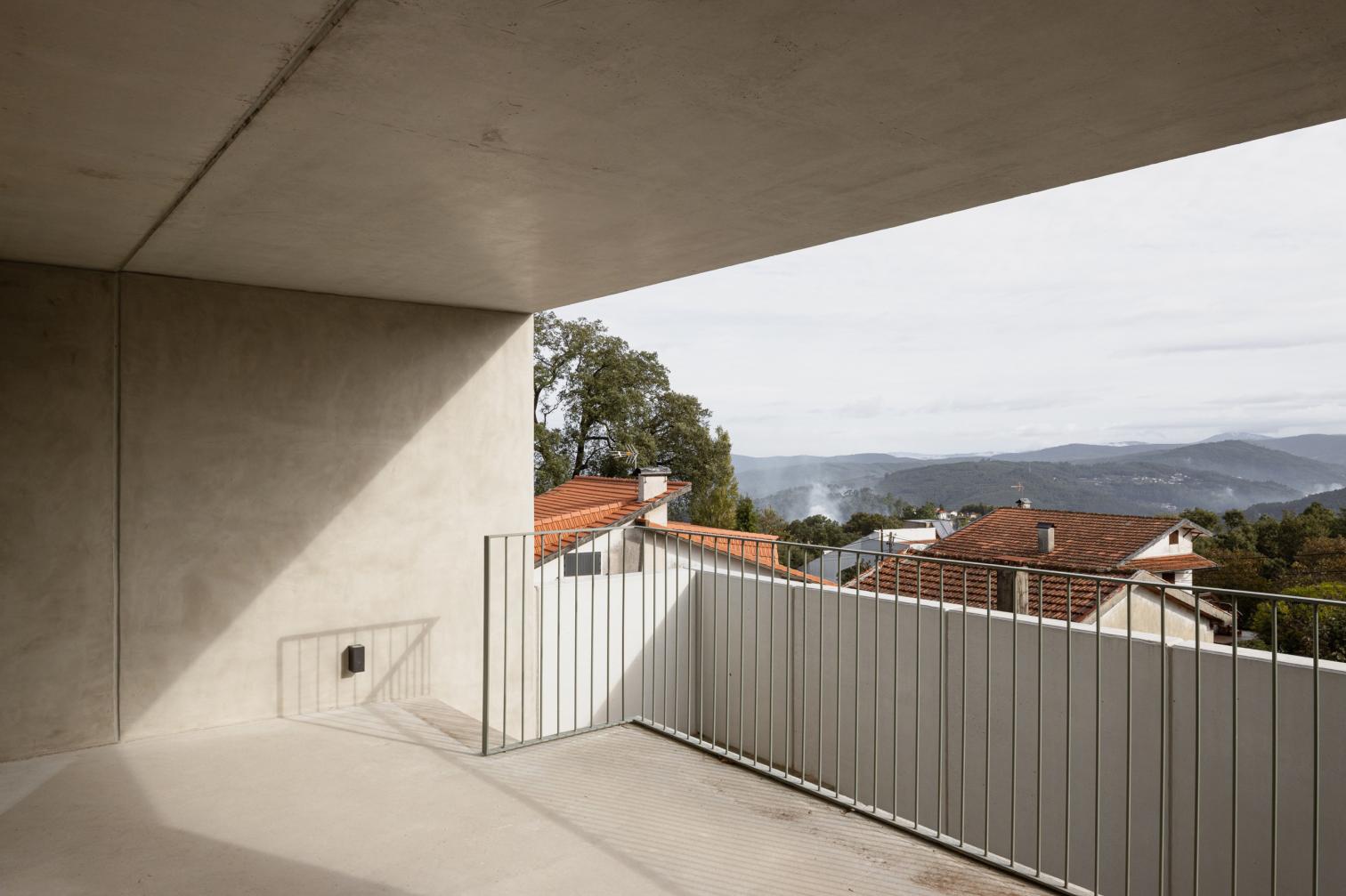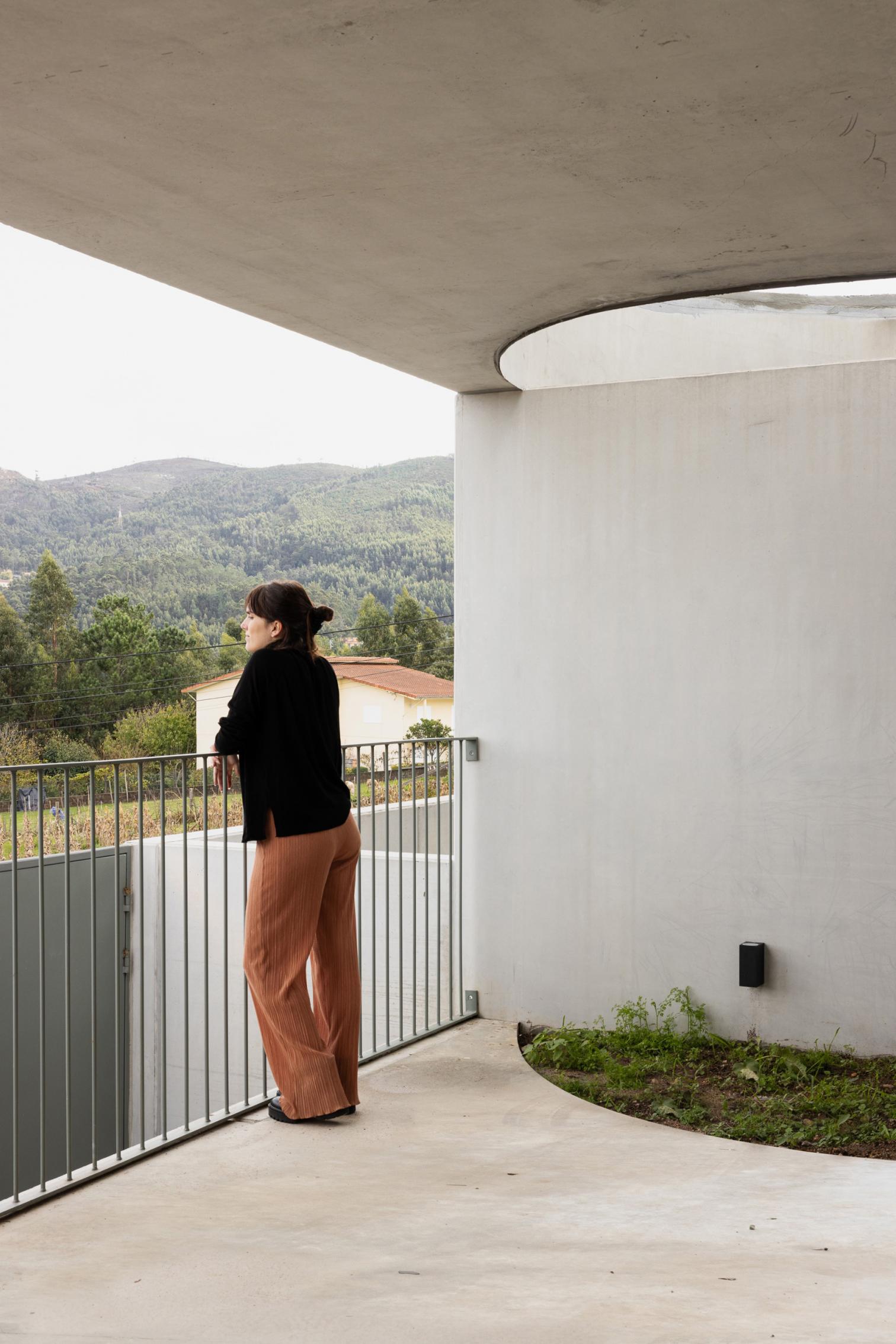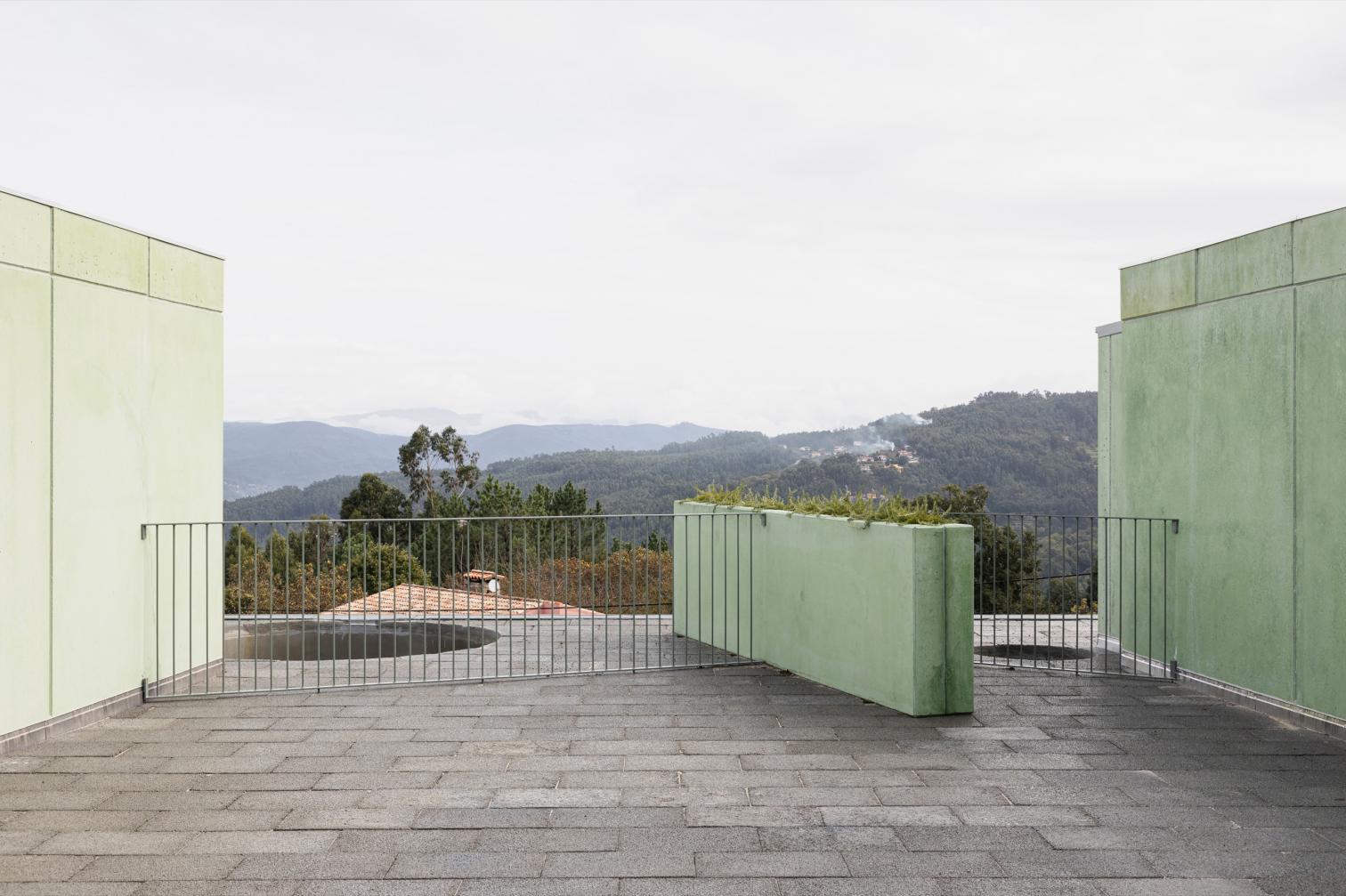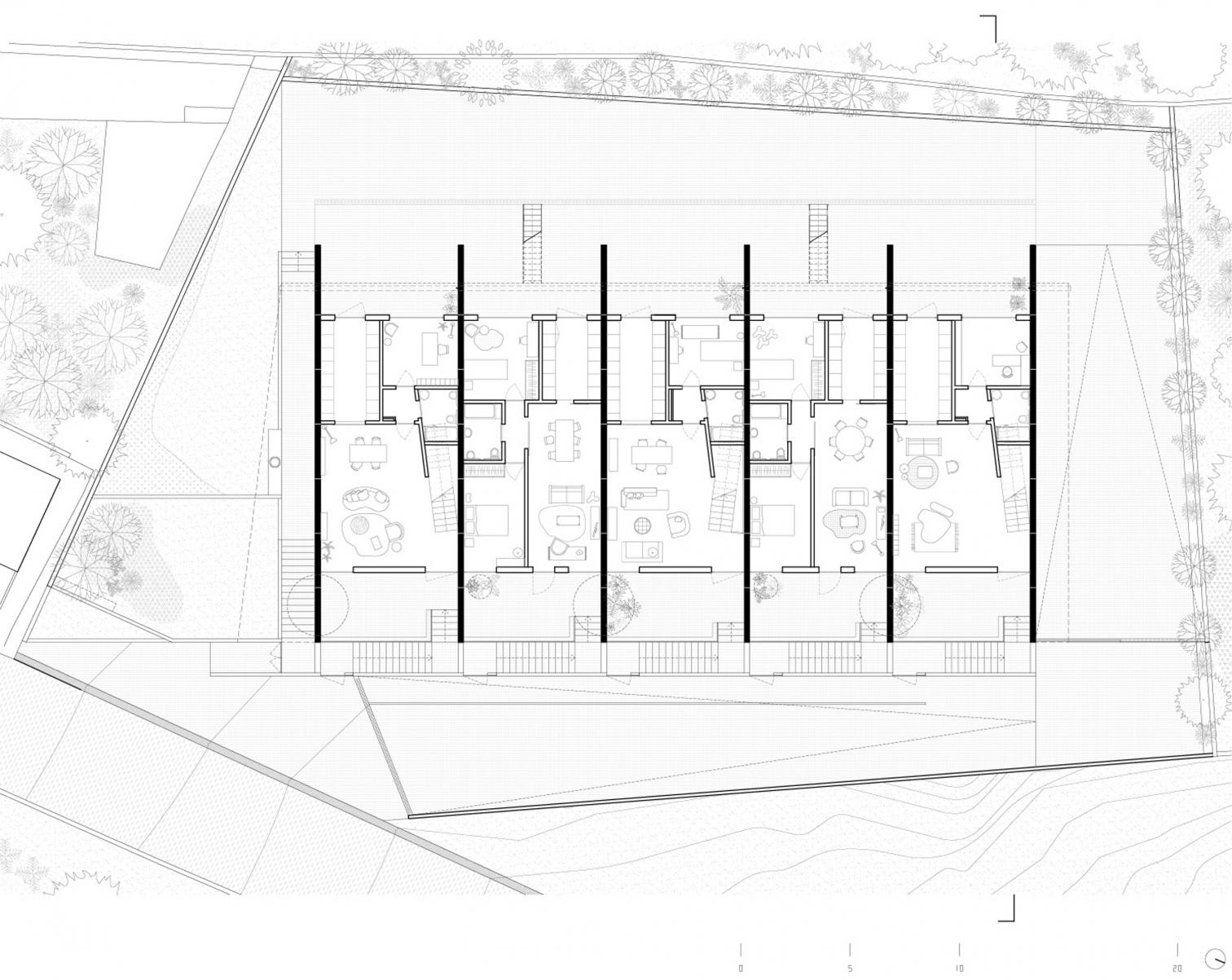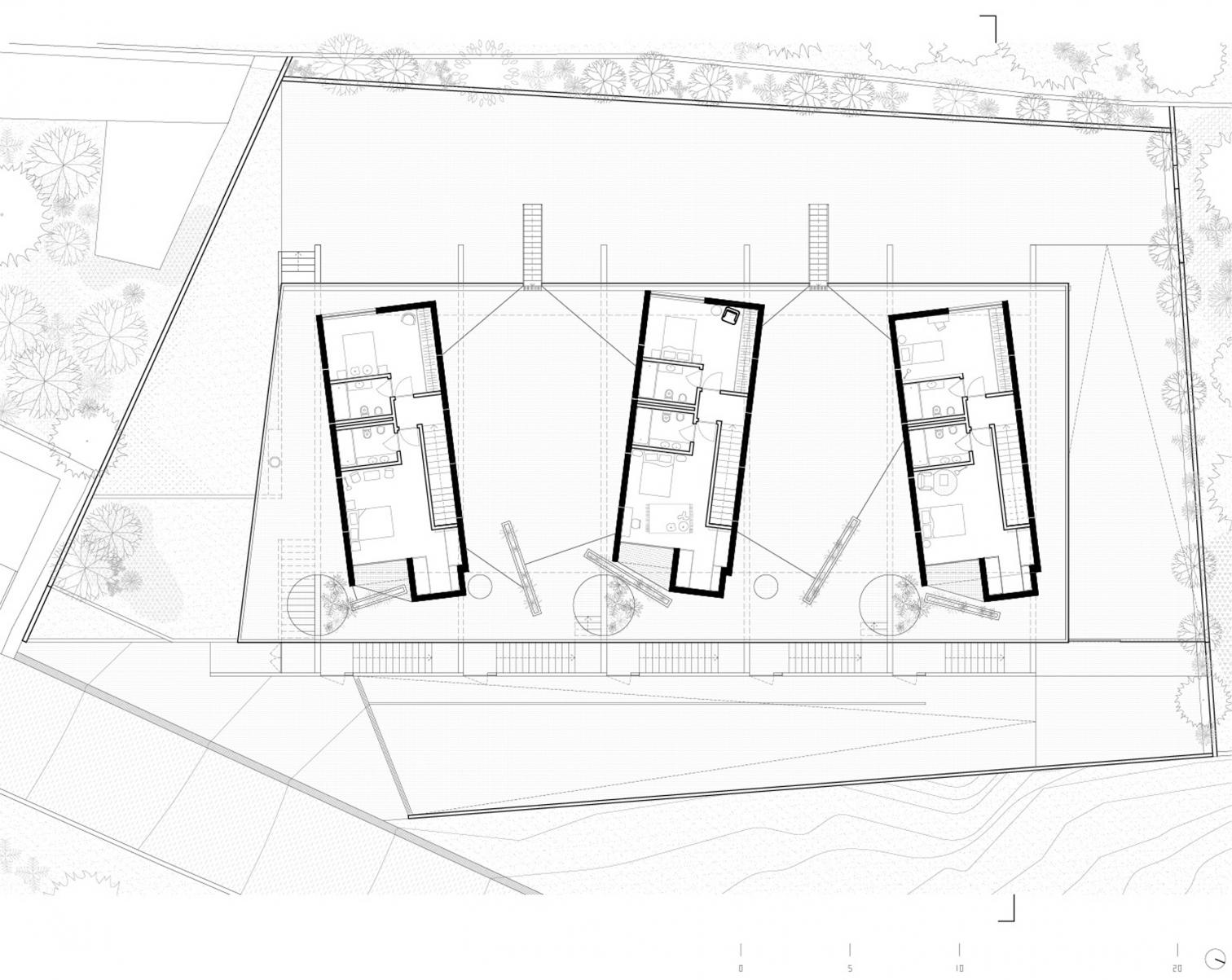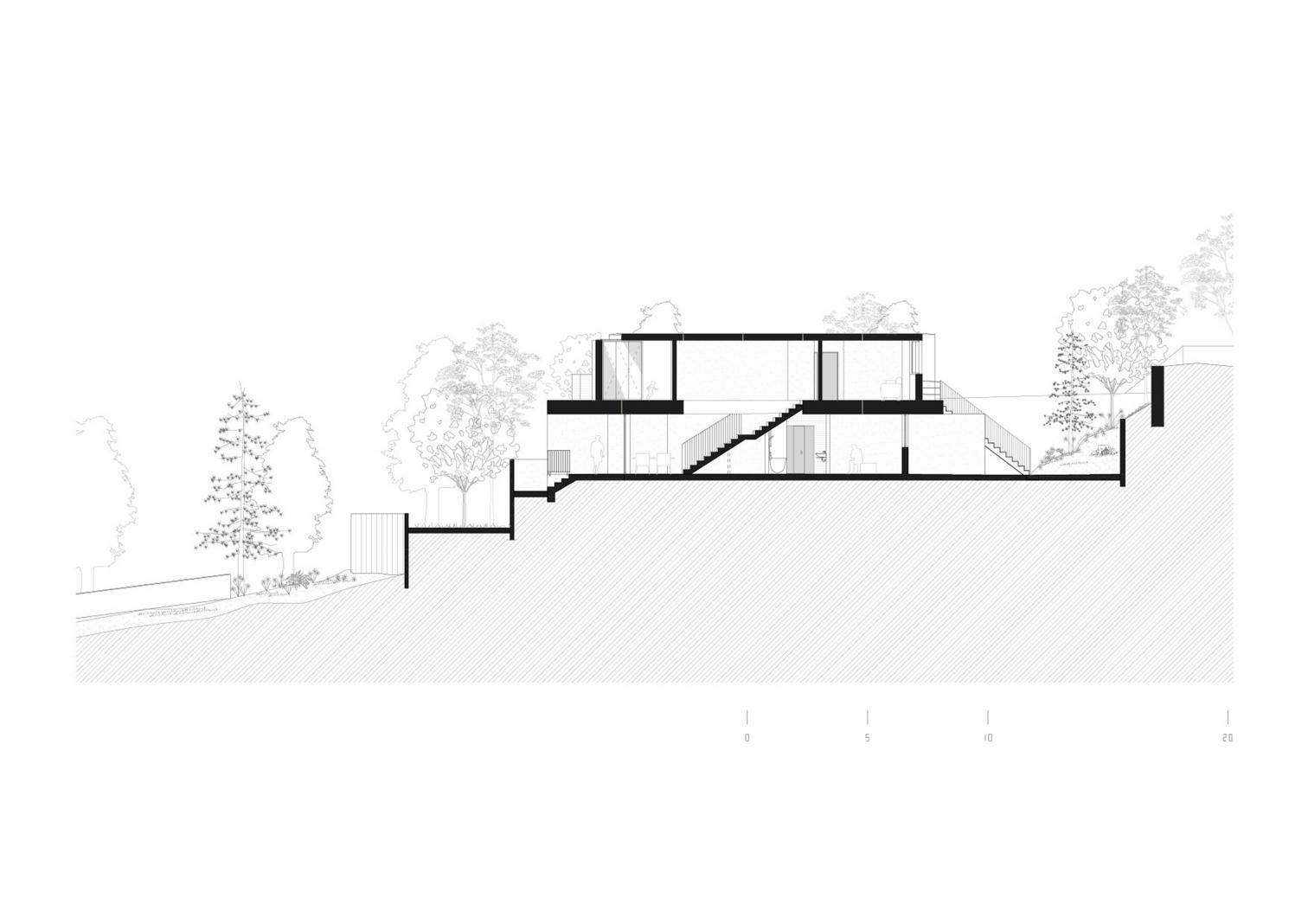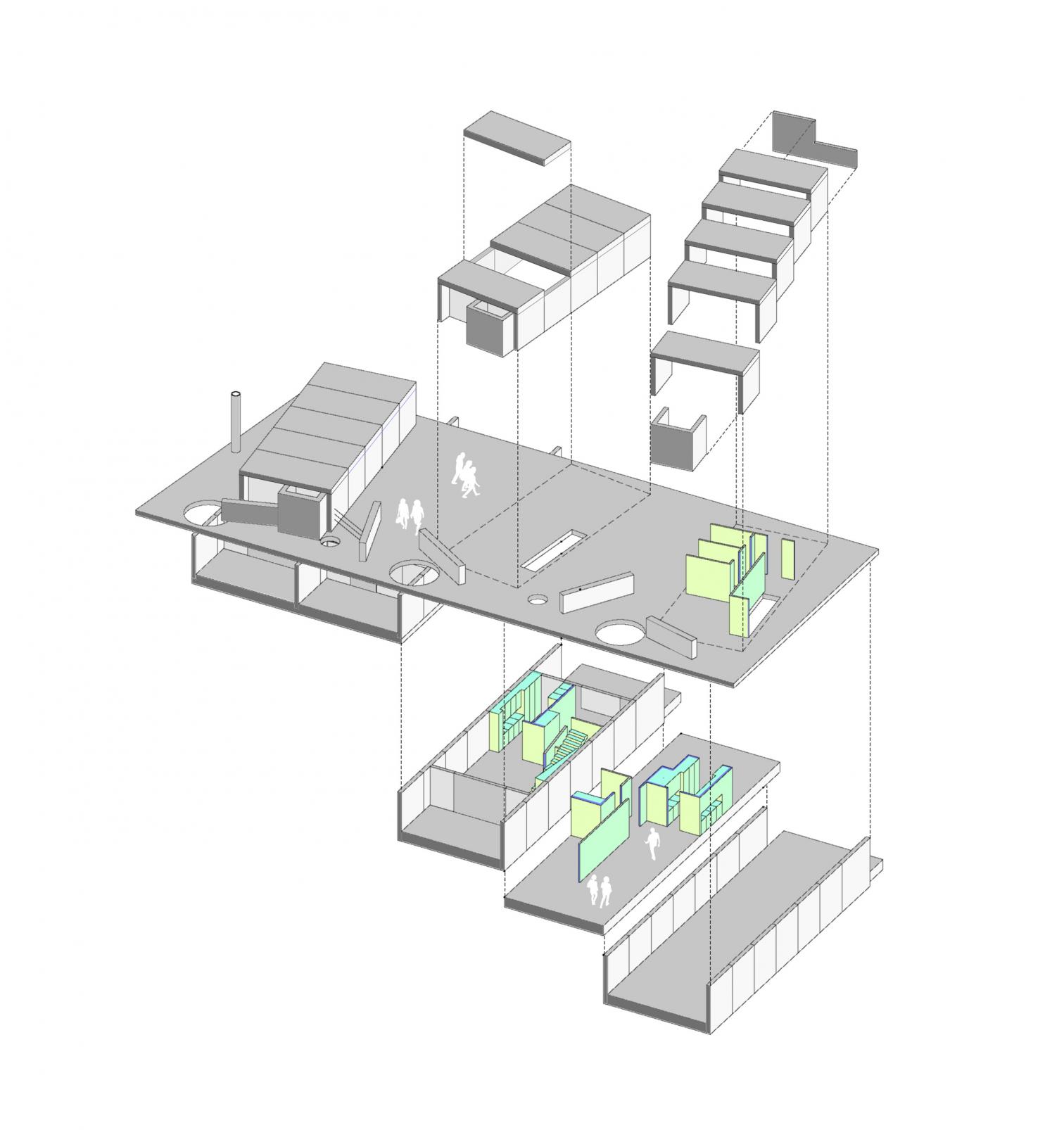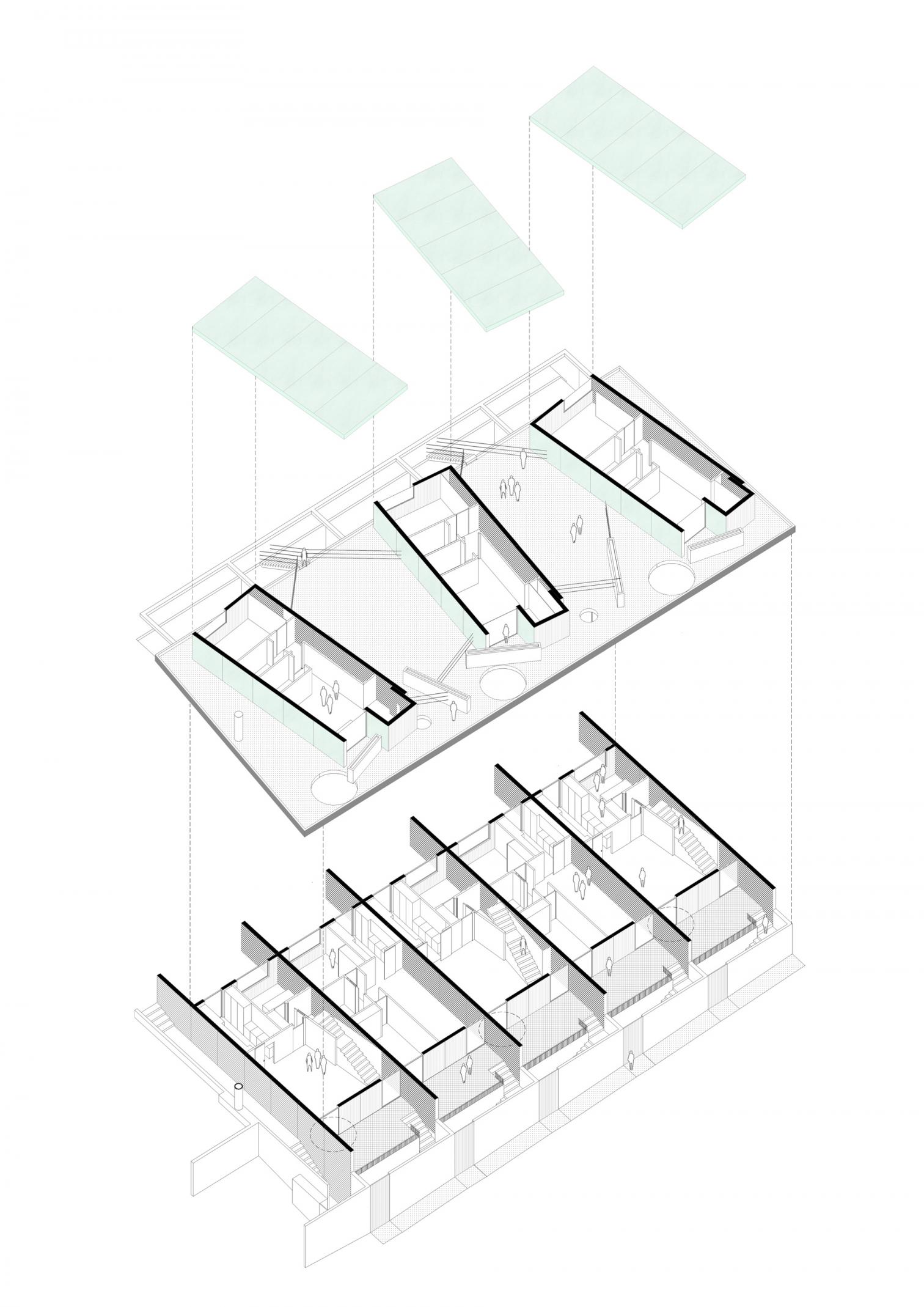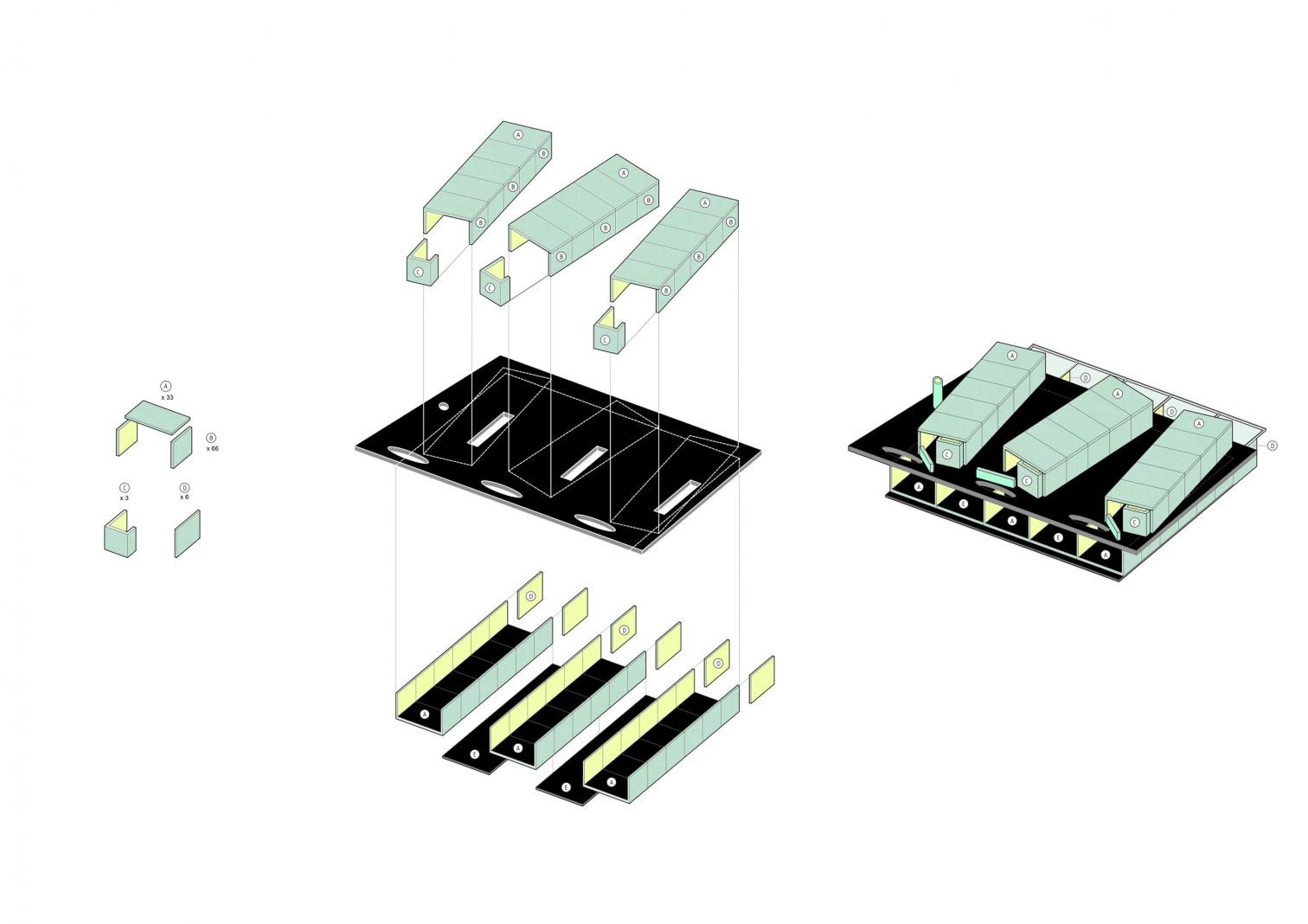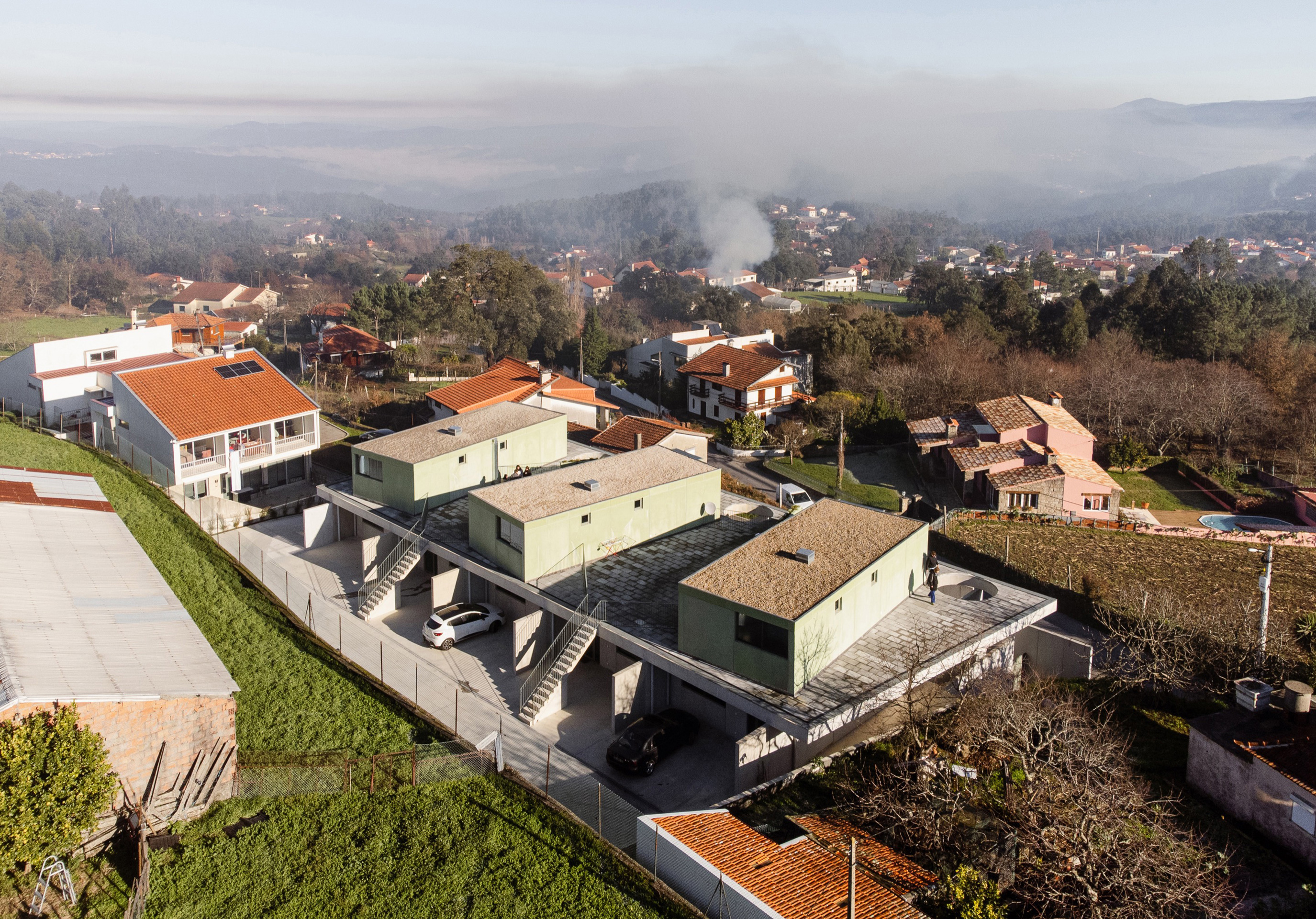G-5 houses in Farrapa
Summary- Type Housing Collective Prefabrication
- Material Concrete
- City Farrapa
- Country Portugal
- Photograph Alexander Bogorodskiy
The architecture studio Summary, founded by Samiel Gonçalces in Porto, is the author of this group of five single-family homes built with prefabricated reinforced concrete. The project stands out for its modular approach, its constructive efficiency, and a striking aesthetic combining structural rationalism with a careful integration in the environs.
Located in the Portuguese town of Farrapa, the houses take shape through modular panels of concrete, which form the facades as well as the roofs and the interior divisions. This building solution not only speeds up and simplifies construction work, but also results in high-precision control over finishes and execution times.
Of the five dwellings raised, three are two-story and two are flats. The ground-floor units are rectangular and present two open sides, ensuring cross ventilation and natural light. Upstairs, three parallelepiped volumes are arranged irregularly on a large roof slab, forming terraces in between which are reachable through rear staircases.
The structural logic of the complex is based on a 6.3-meter clear span between vertical concrete panels, which act as loadbearing elements and support the pre-slabs that form the roof of the ground floor. This horizontal slab marks a break in the building’s composition: the lower modules retain the natural color of concrete, while the upper volumes are given a green pigment, effecting a chromatic contrast that reinforces one’s reading of the superimposed volumes.
Each house has its own entrance from the street, and one goes through a covered exterior space before stepping into the common indoor zones, which are designed to minimize circulation and maximize functionality.
Inside, the partitioning is also achieved by means of prefabricated panels, which serve as both bracing and structural reinforcement, making additional masonry unnecessary. The project takes advantage of the panels’ being two-sided, concealing the rough surfaces to obtain a clean uniform finish in the visible areas.
